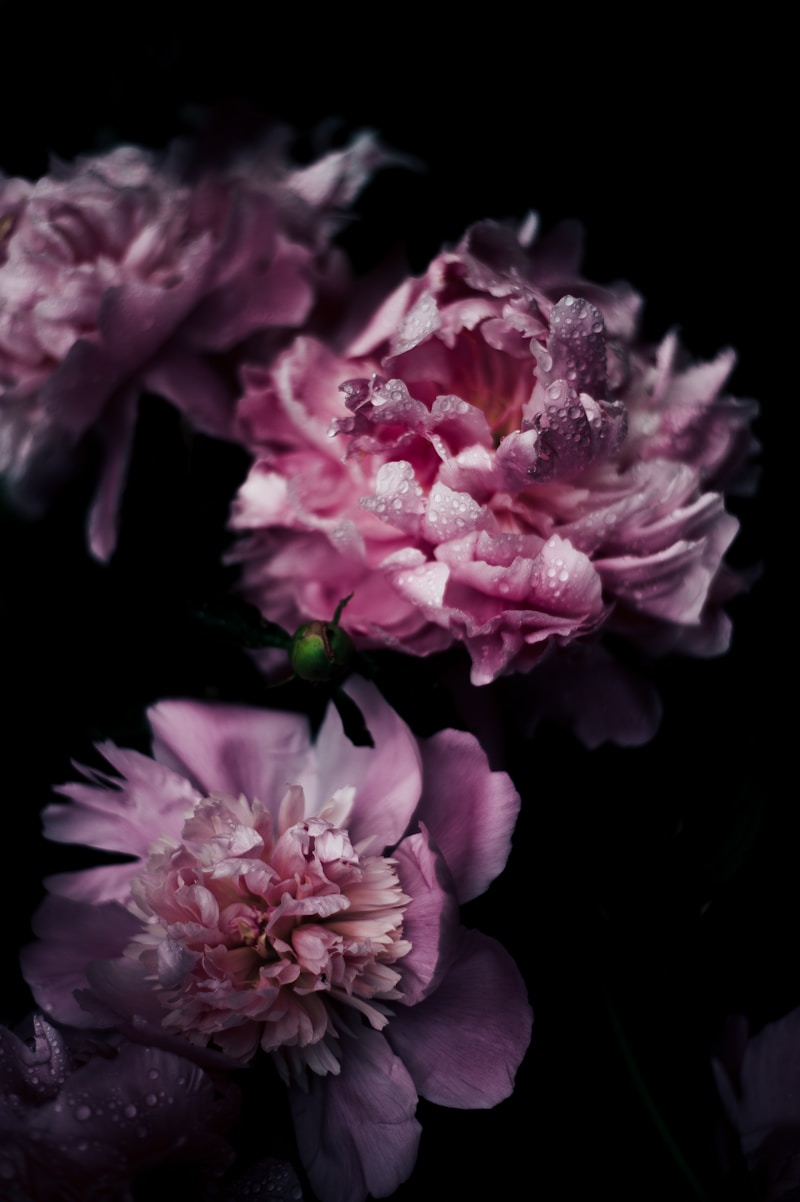Exploring the Beauty and Techniques of Artistic Floral Arrangements
Floral arrangements have long served as a popular means of expressing emotions ranging from joy to sympathy. Artistic floral arrangements are not just simple bouquets; they are conceptual artworks that can transform any setting into a vibrant display of nature’s beauty. This article delves deep into the world of artistic floral arrangements, examining techniques, styles, tips for creating stunning compositions, and much more.
Understanding Artistic Floral Arrangements
Artistic floral arrangements differ from traditional bouquets in their design and presentation. They incorporate elements of art, including balance, contrast, harmony, and rhythm, resulting in visually captivating displays. Creating an artistic arrangement requires an understanding of various components:
| Component | Description |
| Color | The use of complementary and contrasting colors to evoke emotions and attract attention. |
| Shape | Utilizing different shapes of flowers and foliage to create visual interest and depth. |
| Texture | Incorporating various textures to enhance the tactile and visual experience. |
| Line | Establishing lines to guide the viewer’s eye through the arrangement. |
Types of Artistic Floral Arrangements
There are numerous styles of artistic floral arrangements, each with its unique characteristics and appeal. Some popular types include:
- Ikebana: This traditional Japanese art form focuses on minimalism and the balance of elements, highlighting the natural beauty of the flowers.
- Contemporary: Modern arrangements often play with unconventional shapes and vibrant colors, appealing to today’s aesthetic.
- Cascade: Beautifully cascading floral designs that mimic the flow of waterfalls, they add a dynamic touch to any event.
- Wildflower: Utilizing a free-flowing and informal style, wildflower arrangements celebrate the beauty of nature in its most untamed form.
Techniques for Creating Stunning Compositions
Creating an artistic floral arrangement requires practice and creativity. Here are some techniques to guide you in crafting breathtaking displays:
1. Choosing the Right Flowers
Select flowers that suit the occasion and theme of the arrangement. Consider color schemes, shapes, and sizes, as they all play critical roles in the overall effect. Popular choices for artistic arrangements include:
- Roses
- Lilies
- Sunflowers
- Orchids
- Tulips
2. Understanding Proportions
Proportion is vital in floral arrangements. Ensure that the size of your flowers complements the overall design. A good rule of thumb is to utilize the “one-third rule,” where the height of the arrangement is about one-third of the height of the container.
3. Using Focal Points
In every arrangement, there should be a focal point that draws the viewer's attention. This can be a larger flower or a unique textural element that stands out amongst other components.
4. Layering and Texturing
Incorporate different textures and layers to add depth and intrigue. Group similar textures together and contrast them with smoother elements to create a tactile experience for the viewer.
5. Embracing Negative Space
Negative space is an essential aspect of artistic arrangements as it allows the viewer’s eye to rest and enhances the beauty of the flowers. Do not overcrowd the arrangement; allow for some airiness that highlights the main components.
Tips for Flower Arrangement Success
Here are some helpful tips to ensure your floral arrangements are both artistic and durable:
- Freshness: Always use fresh flowers, as their vibrant colors and crisp textures create more striking arrangements.
- Cut Angles: Cut flower stems at an angle before placing them in water. This allows for better water absorption and longer-lasting blooms.
- Change Water Regularly: To avoid bacteria build-up, change the water in your arrangements every 2-3 days.
- Consider the Environment: Place your arrangements away from direct sunlight and extreme temperatures to maintain their beauty longer.

Artistic Floral Arrangements for Various Occasions
Whether for weddings, corporate events, or simple home decor, artistic floral arrangements bring a touch of elegance and beauty to any occasion. Here’s how you can approach specific events:
Weddings
Wedding floral arrangements often encapsulate the couple’s personal style. Consider the season and venue when designing these arrangements. Styles can range from romantic roses to wildflower-inspired bouquets.
Corporate Events
In a corporate setting, floral arrangements should reflect professionalism while still being inviting. Opt for sleek designs with neutral colors and minimalistic styles to match the office environment.
Home Decor
For home decor, artistic arrangements should resonate with your personal style. Create arrangements for different rooms curating a particular theme—bold colors in the living room, serene whites and greens in the bedroom.
Conclusion
In summary, artistic floral arrangements are a wonderful way to channel creativity and enhance the aesthetic appeal of any space. Understanding the elements of design, exploring various styles, and utilizing effective techniques allows anyone to create stunning displays that captivate and inspire. Remember, the beauty of floral art lies as much in the process as in the final product. Happy arranging!
As you embark on your floral journey, keep in mind the importance of freshness, proportion, and artistic expression to ensure your arrangements are not only beautiful but also enduring and meaningful.